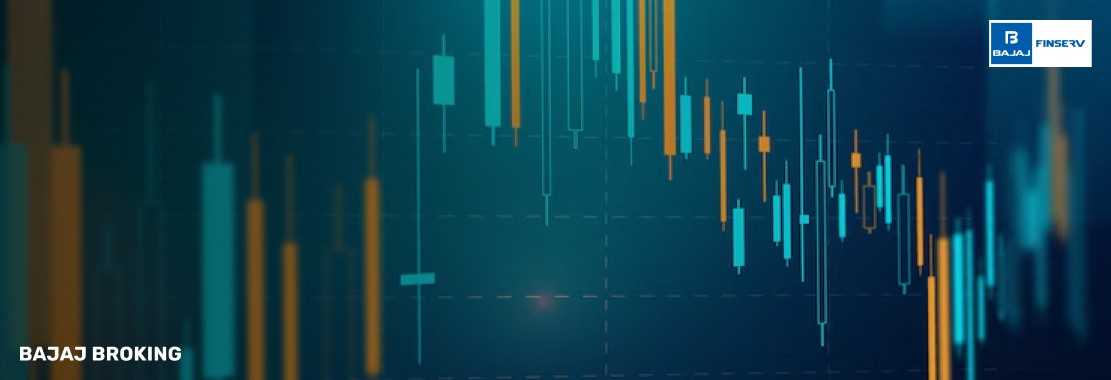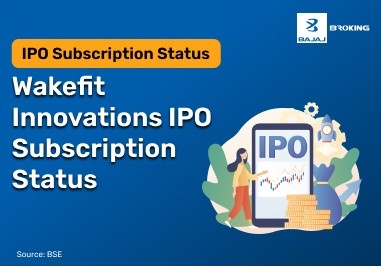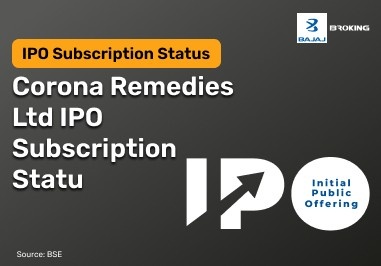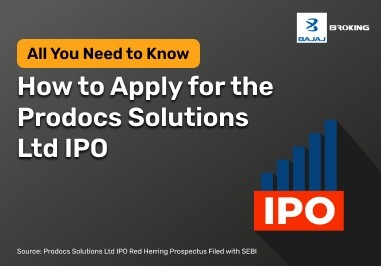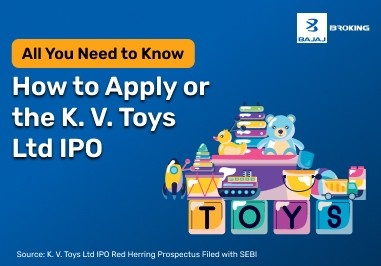If you’ve ever stared at a price chart wondering whether you’re making decisions based on facts or just a hunch, you’re not alone. Many traders have been there — that tug-of-war between instinct and evidence. Quantitative trading is one way to tip the balance towards evidence.
It’s not about “feeling” the market. It’s about using mathematical models, statistics, and historical data to guide what you do. You set rules, you test them, and then you follow them. That way, you’re not making a decision because the chart looks interesting today — you’re making it because the numbers say there’s a reason.
Interestingly, it helps you keep emotions out of the picture. Instead of reacting to fear or excitement, you’re leaning on a plan that’s been thought through in advance. You’re looking at trends that might be invisible to the naked eye.
Below, I’m walking you through eight different quantitative strategies that you can explore. Some are built around momentum, others around time-based patterns, and some around pure volume signals. You don’t have to use all of them — in fact, you probably shouldn’t. But by understanding them, you’ll have more tools in your kit when you’re building your own trading approach.
Introduction to Quantitative Trading
At its core, quantitative trading is just you, some rules, and a lot of data. Instead of deciding to buy or sell because of a gut feeling, you’re relying on algorithms and tested models. You take huge chunks of market data, find patterns that repeat, and then turn them into rules you can follow.
Many quant strategies look at historical price moves, volume trends, and technical indicators. They can be automated — so once you’ve set the parameters, the system does the watching for you. That’s a big plus if you don’t have hours every day to stare at charts.
And here’s where volume really matters. It can tell you if a trend is real, if a reversal is forming, or if a breakout is gaining steam. You can use it as a filter to make sure you’re not just trading noise.
1. Russell Rebalancing Strategy
Every year, the Russell indexes reshuffle — stocks are added or dropped based on market cap. This can cause big price moves. If you know what’s coming, you can position yourself ahead of time.
You track the preliminary lists the index provider releases, and you go long on likely additions or short on likely removals. The key is timing and precision. Volume spikes leading up to the rebalancing can be your confirmation.
2. Rubber Band Trading Strategy
Think of a stock price like a rubber band. Stretch it too far — up or down — and it’s likely to snap back.
This strategy uses Bollinger Bands to spot when a price is stretched to its limits. You take positions when the price moves outside the bands and volume suggests exhaustion. Stops go just beyond recent highs or lows, so you’ve got a clear exit if you’re wrong.
3. MFI Indicator Strategy
The Money Flow Index is like RSI’s volume-aware cousin. It looks at both price and volume to tell you if a stock is overbought (above 80) or oversold (below 20).
You can also watch for divergences — when the price goes one way but the MFI goes another. That’s often a clue that something’s about to shift.
4. S&P 500, Gold, and Bonds Rotation Momentum Strategy
Here, you’re not just trading one market. You’re rotating between three — the S&P 500, gold, and bonds — based on which is performing great over a set period.
If stocks are strong, you’re in stocks. If they’re weak but gold is running, you move there. If both look shaky, you park in bonds. It’s about riding strength and sidestepping weakness.
5. Weekly RSI Quantitative Trading Strategy
This one’s for you if you don’t want to be glued to your screen. Instead of daily RSI, you look at weekly charts.
It filters out the noise and gives you fewer, but stronger, signals. You enter when RSI crosses above 70 or below 30 — and you can add volume as a confirmation.
6. Turn of the Month Strategy
This is a calendar-based play. Historically, prices tend to bump up in the last few trading days of a month and the first few of the next.
You go long a couple of days before month-end and close after the first few days of the new month. Simple to track, but you still need to manage risk.
7. Quantitative Volatility Trading Strategy
Sometimes you don’t care about direction — you care about movement. This strategy uses tools like ATR or the VIX to tell you when volatility is unusually low (which often means a big move is coming).
You set up for the breakout — long, short, or even neutral with options — and let volatility do the work.
8. Treasury Bonds Long and Short Strategy
Here you’re looking at U.S. Treasury bonds through the lens of macro data and momentum. If yields are expected to fall, bond prices rise — and that’s your long trigger.
You can use moving averages or economic data to set entries, and volume from bond futures to confirm the move. It’s also a way to diversify if the maximum of your trading is in equities.
Pros and Cons of Quantitative Trading Strategies
Pros
Keeps you disciplined – You’re following rules, not chasing emotions.
Backtesting is possible – You can see how a strategy might have worked before risking money.
Can be automated – Saves you time and removes constant monitoring.
Data-driven – You’re acting on facts, not guesses.
Cons
Only as good as your data – Bad or incomplete data = bad decisions.
Overfitting danger – A strategy that worked perfectly in the past might flop in the present.
Markets change – What works now might not work next year.
Tech dependency – If your systems fail, so does your strategy.
Conclusion
If there’s one thing I’ve learned, it’s that no single strategy will fit everyone. You need something that works for your goals, your risk tolerance, and the time you can commit.
If you’re new, pick one strategy you understand, backtest it, and see how it performs in different conditions. Once you’re comfortable, you can combine strategies to spread risk and improve consistency.
Whatever you choose, stick to your rules, track your results, and keep adjusting based on what the market teaches you. That’s how you make quantitative trading your own.
